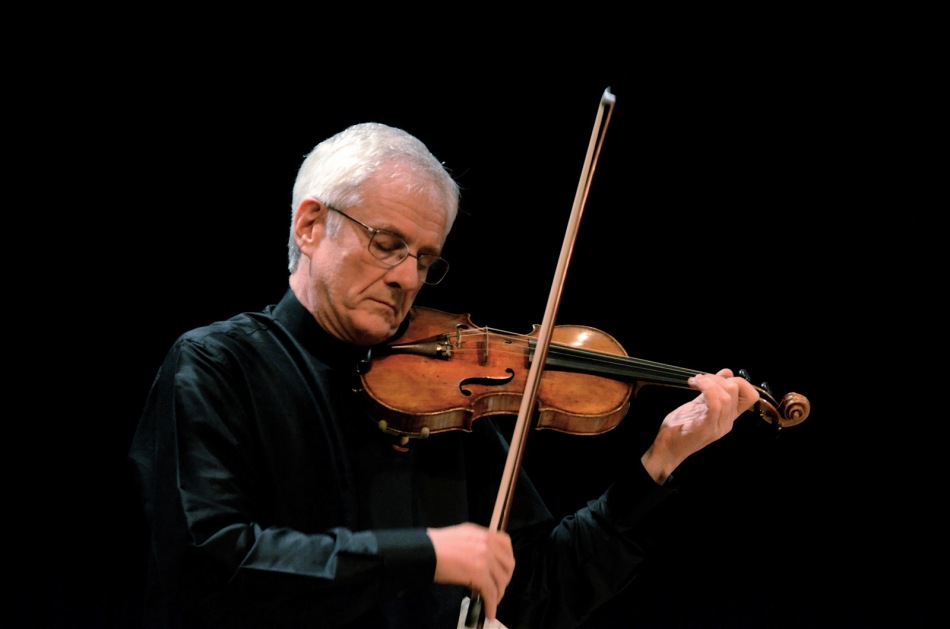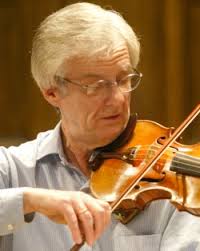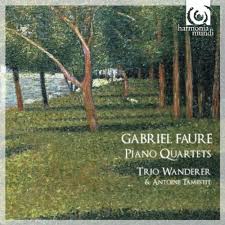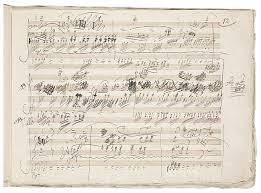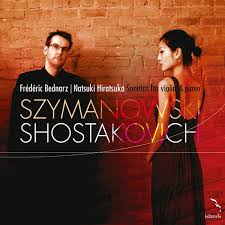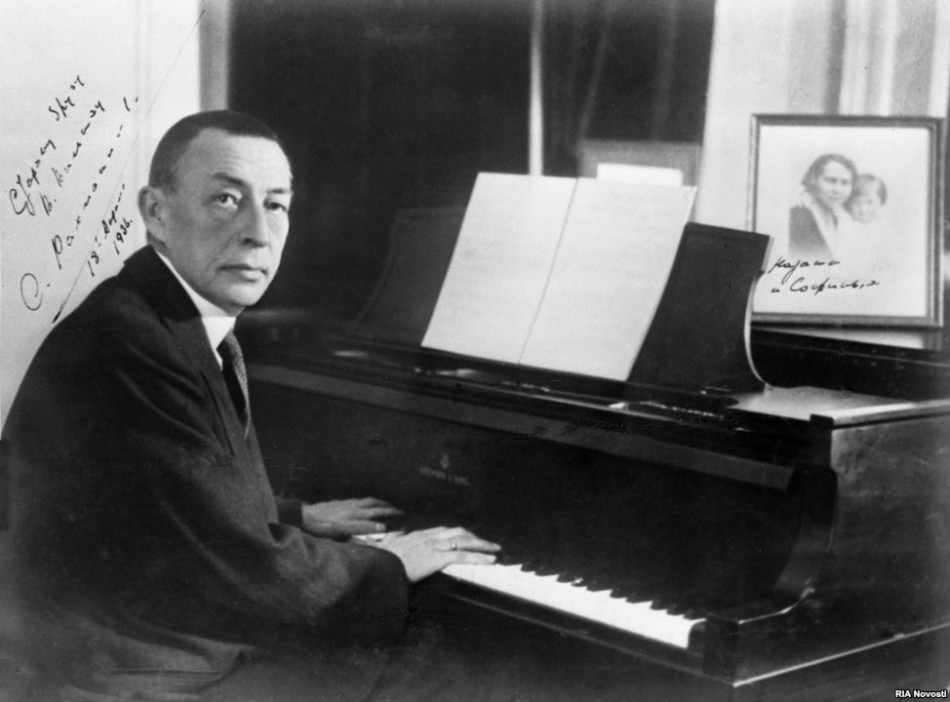
The legendary violinist Fritz Kreisler and Sergei Rachmaninov performed frequently together, luckily leaving behind a few recordings of their collaboration. On one occasion, as the story goes, Kreisler had a memory slip during a performance. Fumbling around the fingerboard and attempting to improvise his way out of the predicament, he inched his way towards the piano, whispering helplessly, “Where are we?” Rachmaninov answered, “In Carnegie Hall.”
As a tribute to their friendship, Rachmaninov created piano arrangements of three of Kreisler’s violin miniatures, including Liebesleid (“Love’s Sorrow”), and Liebesfreud (“Love’s Joy”). Kreisler’s original compositions are charming slices of pre-war Vienna (listen here). In Rachmaninov’s hands they become thrilling new music…variations on the original themes, infused with Rachmaninov’s distinct sound and spirit.
Here is Rachmaninov’s 1921 recording of Liebesleid. Listen for all of the unexpected harmonic twists and turns and the sparkling virtuosity of the fast passages. One of my favorite moments comes towards the end, with the sudden, darkly expressive chord at 3:36 and the embellishments which follow (3:44).
Here is Rachmaninov’s recording of Liebesfreud from 1925. Kreisler’s original piece is fairly straightforward and melodic. Rachmaninov turns it into a tour de force of motivic development:

